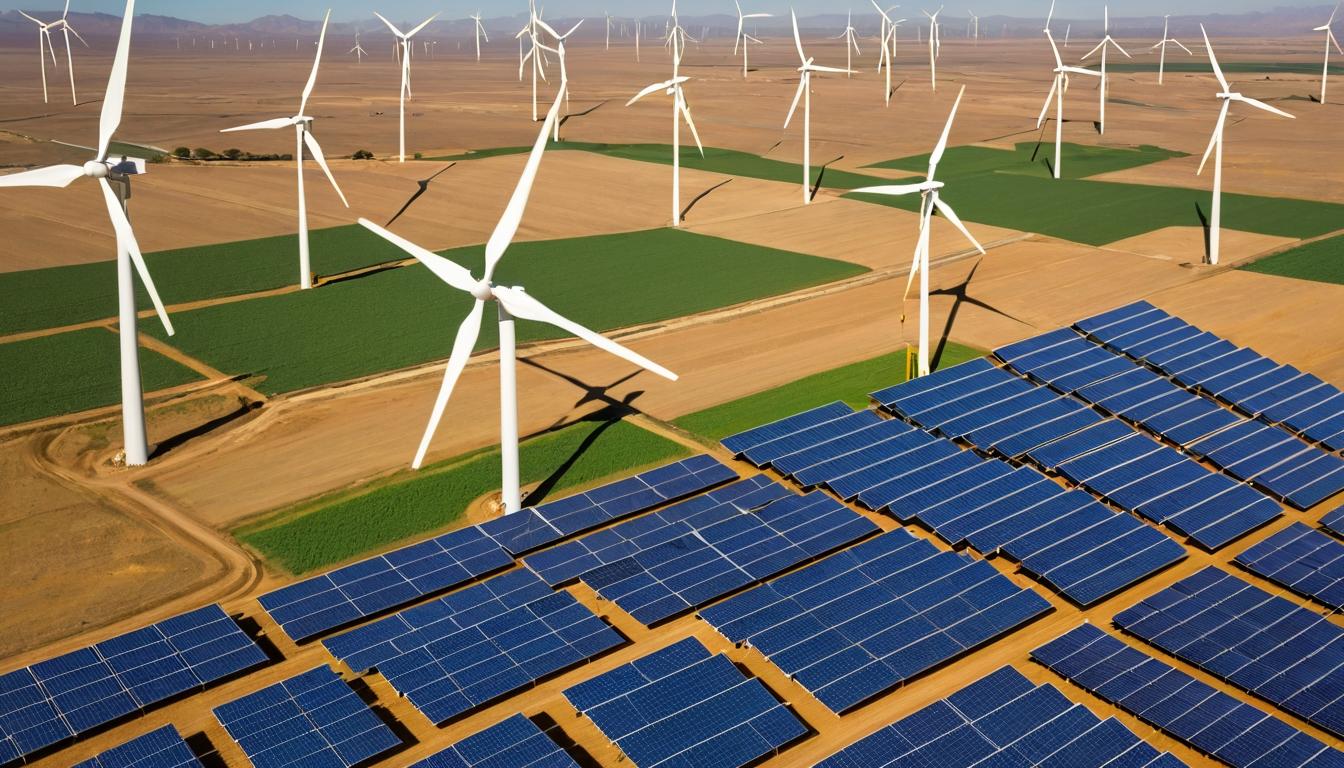Across the sun-drenched plains of West Texas, wind turbines stand motionless on breezy days. In California, solar farms routinely get paid to shut down during peak sunlight hours. These aren't failures of technology or will—they're symptoms of a deeper crisis unfolding across America's electrical backbone. The renewable energy transition, once celebrated for its rapid progress, is hitting an invisible wall: our aging, congested grid can't handle the clean power we're producing.
Behind the scenes, utility control rooms are grappling with a problem few saw coming. The same transmission lines that reliably delivered power from centralized fossil fuel plants for decades are now proving inadequate for distributed renewable generation. Wind and solar resources often exist in remote areas far from population centers, requiring massive infrastructure upgrades that can take a decade to approve and build. Meanwhile, clean energy projects worth billions wait in interconnection queues, caught in regulatory limbo.
This bottleneck reveals a fundamental mismatch between our energy ambitions and our infrastructure reality. While solar panel costs have dropped 90% since 2010 and wind power has become increasingly competitive, the transmission system hasn't kept pace. The Department of Energy estimates that to meet clean energy goals, the U.S. needs to expand transmission systems by 60% by 2030—and potentially triple current capacity by 2050. That's roughly 91,000 miles of new high-voltage lines, equivalent to rebuilding our entire existing network.
The human cost of this gridlock is mounting in unexpected ways. In the Midwest, farmers who leased land for wind turbines now face uncertainty as projects get delayed. In solar-rich regions, local communities see promised economic benefits evaporate when projects can't connect. Even consumers paying for renewable energy mandates through their utility bills aren't seeing the full benefits when clean power gets curtailed.
Technology offers some promising solutions, if we're willing to embrace them. Advanced grid technologies like dynamic line rating could increase existing transmission capacity by 10-30% immediately. Grid-enhancing technologies using power flow control devices can optimize existing infrastructure much like traffic management systems improve highway flow. These solutions aren't silver bullets, but they could buy crucial time while longer-term projects advance.
Perhaps the most challenging aspect isn't technical but political. Building new transmission lines means navigating a patchwork of local, state, and federal jurisdictions. Rural communities often resist new infrastructure they see as benefiting distant urban areas. Environmental reviews, while necessary, can add years to project timelines. And the complex economics of who pays for and benefits from new lines creates constant friction among utilities, regulators, and consumers.
The stakes couldn't be higher. Every day of delay means more fossil fuel generation, more greenhouse gas emissions, and missed economic opportunities. The Inflation Reduction Act unleashed historic clean energy investments, but without corresponding grid upgrades, much of that momentum could be wasted. We're at a critical juncture where policy, technology, and public will must align to overcome this infrastructure impasse.
Looking ahead, the solution likely involves both modernization and transformation. Smart grid technologies can make better use of what we have, while strategic investments in key transmission corridors can unlock renewable-rich regions. Microgrids and distributed energy resources can reduce strain on the main grid while improving resilience. What's clear is that business as usual won't suffice—we need a grid built for the 21st century, not the 20th.
The quiet crisis in our control rooms serves as a wake-up call. The renewable revolution isn't just about building more solar panels and wind turbines—it's about creating the infrastructure to deliver that power where it's needed. How we respond to this challenge will determine not just our climate future, but our economic competitiveness and energy security for decades to come.
The hidden grid bottlenecks stalling America's renewable revolution

